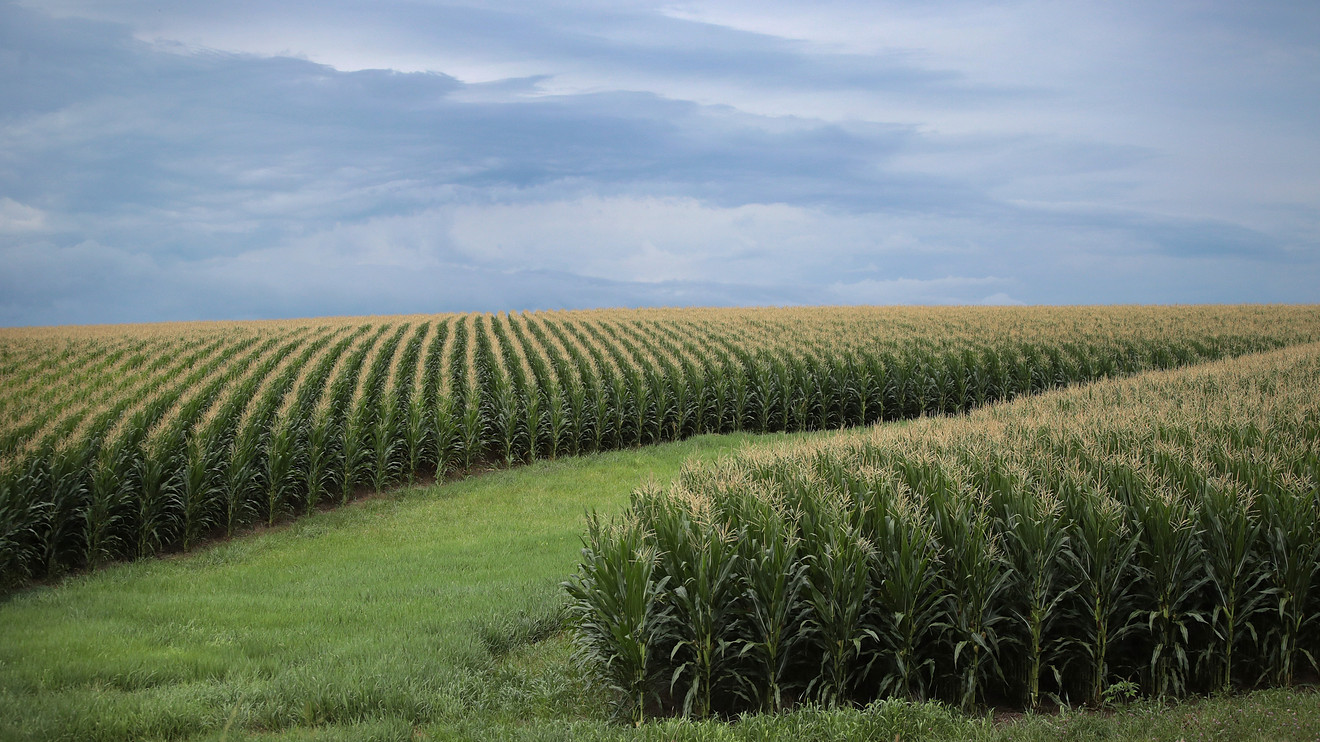
Following a growing season last year filled with battering rainfall and bitter trade wars, U.S. farmers hoped 2020 would provide them an opportunity to make up some ground. Instead, the situation has grown worse for many as prices remain depressed.
Despite a wind storm tearing through Midwestern farms last week and drought conditions in isolated areas, a bumper crop of both corn and soybeans is still expected this year.
That case was bolstered Friday when Pro Farmer, following a weeklong tour of farmland across seven states, assessed the national corn yield at 177.5 bushels per acre, and the national soybean yield at 52.5. That is slightly lower than earlier U.S. Department of Agriculture estimates but higher than 2019’s waterlogged crop.
For many U.S. farmers, the prospect of grain prices staying low is untenable.
Prices for corn and soybeans haven’t risen since the start of the year, when the signing of the U.S.-China phase-one trade agreement stipulating China would purchase $36.5 billion of agricultural goods from the U.S. gave farmers hope that export demand from China would buoy prices. Instead, most-active corn futures on the Chicago Board of Trade are down 16% since the start of the year, while wheat has fallen nearly 6% and soybeans have shed nearly 5%.
Exports to China of U.S. corn, soybeans and wheat are 144% higher than they were at this point last year, according to data from the USDA’s Foreign Agricultural Service. But the onset of the coronavirus pandemic in the U.S. in March hobbled domestic demand for grains as restaurants and other institutions nationwide shut down.
Bankruptcies are high in farm country. Roughly 580 farmers filed for chapter 12 bankruptcy protection through the year ended June 30, according to federal data. More recent data from the Federal Reserve Bank of Kansas City shows farm loan repayments are expected to fall precipitously in the next three months.
Government aid in the form of assistance from the USDA and the $19 billion Coronavirus Food Assistance Program have helped mitigate the financial damage of low commodity prices, but farmers say it is only a Band-Aid.
While the weather in the Midwest has been more supportive for growing a strong crop than last year, this year’s growing season hasn’t been without weather issues.
Earlier this month, a powerful storm packing winds over 100 miles an hour swept through much of the Corn Belt, causing widespread property and crop damage. Wind snapped a lot of Iowan corn off its stalks and destroyed grain bins containing corn farmers were saving to sell once prices rise.
Farmers affected by the storm are now in a rush to harvest and store the corn before it rots.








